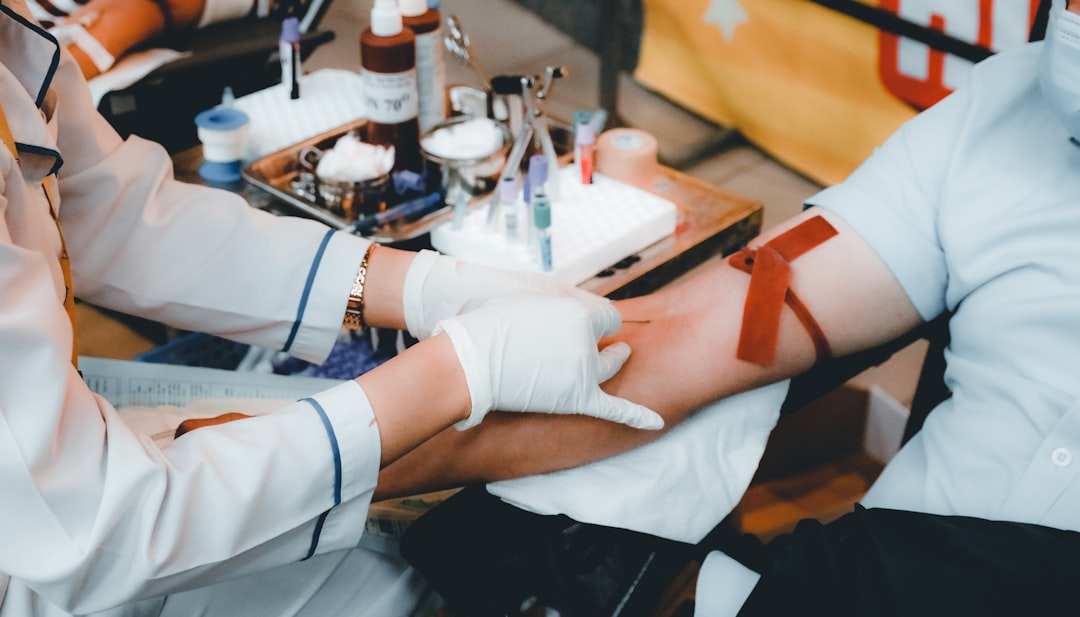What is it about?
Valvular heart disease (VHD) is an important cause of morbidity and mortality whose prevalence is set to increase dramatically as a consequence of the increase in life expectancy in middle-income and high-income nations. A large proportion of patients with VHD remain asymptomatic and most have mild disease. It is therefore fundamentally important to identify these patients at an earlier stage prior to the development of complications and risk stratify them according to the likelihood of developing significant disease that requires intervention.
Featured Image
Why is it important?
Serum biomarkers can help us in 1. identification of baseline disease activity and prediction of progression—allows the identification of higher risk patients early and potentially a subset of patients who might benefit from early surgery (even in the absence of symptoms) 2. identification of those patients who are less likely to benefit from valve repair/replacement—some have severely impaired left ventricular (LV) function that is unlikely to recover after surgery 3. understanding the aetiology of VHD—to facilitate the development of future treatment strategies (eg, tailored medical therapy).
Perspectives
There are no medications available to specifically treat patients with valvular heart diseas. The only treatment options available are: either open heart surgery with valve repair or replacement or expensive percutaneous procedures (such as TAVI or Mitra-Clip) which are performed in a very few centres. This paper highlights the potential role of serum biomarkers in the management of patients with valvular heart disease. This includes both the currently available serum biomarkers such as BNP, Troponins, ST2 as well as the upcoming biomarkers such as GDF-15, Galectin-3, miRNAs alongside the role of Metabolomics & genomic biomarkers.
Dr Syed Khurram Mushtaq Gardezi
University of Oxford
Read the Original
This page is a summary of: Serum biomarkers in valvular heart disease, Heart, September 2017, BMJ,
DOI: 10.1136/heartjnl-2016-310482.
You can read the full text:
Contributors
The following have contributed to this page










